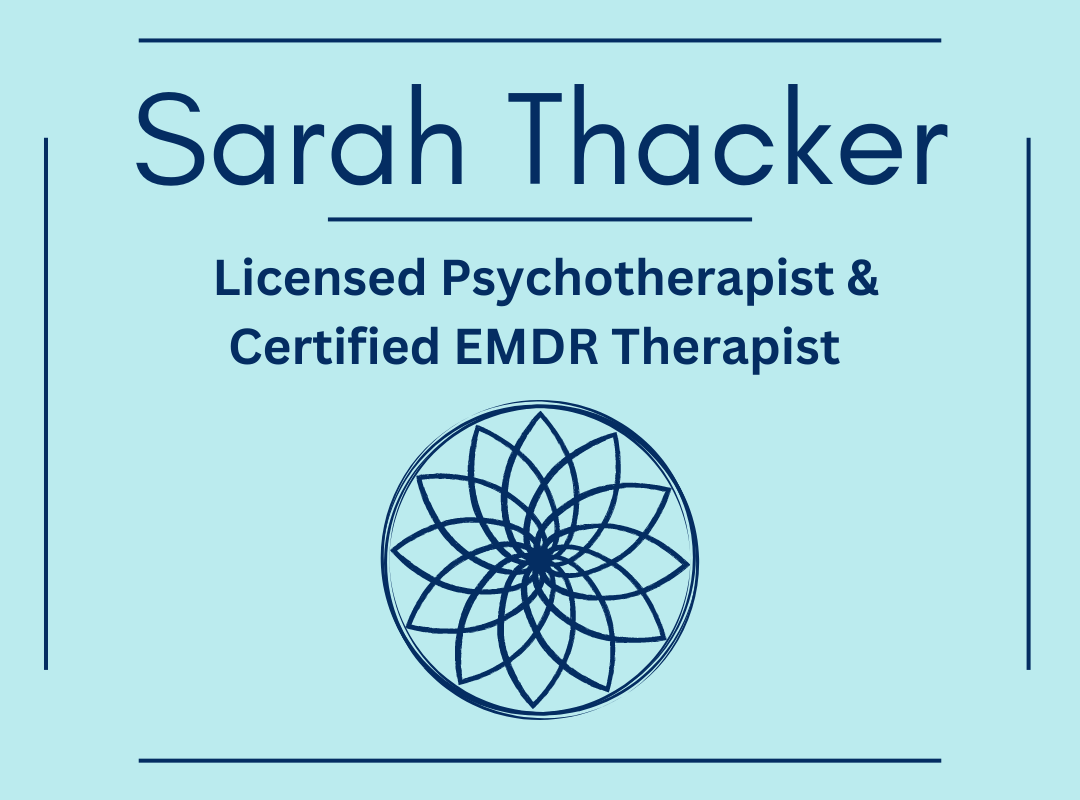Becoming emotionally aware is a process. If you have been avoiding uncomfortable emotions for a long time, it will take dedicated time and an internal commitment to healing to become emotionally aware. It is absolutely worth the hard work to get to the other side!
Imagine living in a space where you are not ruled by your emotions and you have the ability to make a choice on how to respond to them. Imagine not living in reactivity to—or avoidance of—your emotions. Imagine instead, living in a space of empowerment and confidence with yourself as well as with food.
When I first learned about mindfulness and how to connect to present moment awareness, it impacted me in a BIG way. I tend towards anxiety and have had several stress related health struggles. When I discovered how much of the anxiety I experienced was self-created due to my over-connection with my anxiety-provoking thoughts I was shocked. Up until this awareness, I believed that because I thought it, it must be, or at least could be true!
Through mindfulness and the awareness of connecting to the present moment, I learned that I could choose to respond to thoughts and the emotions they create in a different way. When I began focusing on learning to become aware of my thoughts and if possible, change my thoughts (or at least change my response to my thoughts), my whole life changed for the better.
Delving deeper into the inner workings of my mind through mindfulness, I discovered that many of the emotions I was unconsciously avoiding were self-created from believing the negative thoughts. Yikes! There are some emotions that we experience that are caused by our own thoughts and other emotions caused by legitimate external circumstances. Being able to recognize the difference and make a choice on how to respond is where your power lies.
Within the process of becoming mindfully aware, you learn to work with the Pause when you find yourself attempting to distract yourself away from an emotion. You then can move into a space of Reflection: why is it there? In the space of Reflection you can begin to discern the difference: is the emotion self-created or not? Is the emotion a response to a thought or a true potential problem? Is there something you can do about this thought or emotion? Once you Reflect and discern the why behind and driving your emotional experience, you can make a choice about how to respond.
Your choice might be to take action, especially if the emotion has been created by an external influence. If the feeling is internally created by a negative thought pattern or if you have attempted to manage or cope with the feeling to no avail, you can choose to Release it, to let it go.
Letting the emotion go is such a powerful aspect of emotional awareness because it creates a deeper sense of self-control and self-respect. You get to choose. While this may feel difficult at first, it is a practice. When you mind attempts to focus on the emotion, you can have a grounding statement to say to yourself, such as “In this moment I choose to let this thought go.” Or you might visualize the thoughts and emotions as leaves floating down a river, or as clouds floating by in the sky.
When you Release an emotion, such as worry, you Release the discomfort this emotion creates internally. Worry can create an internal experience of increased heart rate, agitation, fear of what may go wrong with no supported evidence that it may actually happen. This state of mental discomfort can trigger further internal and physical discomfort such as muscular tension, nail biting and other physical harm.
These internal tensions created by the emotion can be linked to many other physical ailments including neck, shoulder and back pain, stomach upset, IBS, TMJ, difficulty sleeping, inability to concentrate and fatigue (just to name a few). The action of Releasing the emotion, which may seem simple but is definitely NOT easy, can completely shift your internal experience. The process of Releasing is a practice and takes time, effort and dedication to the practice.
The process of Releasing an emotion invites internal freedom like no other because YOU get to choose. When you are Releasing, you are not avoiding your feelings, and you are not just trying to cope with them—but you are allowing yourself to understand them and use them to enhance your life. Through emotional awareness and Releasing unfounded discomfort, you build Inner Strength, confidence and empowerment.
This nonjudgmental approach creates freedom as you can choose your thoughts, and therefore choose how to respond to them. This freedom and awareness inevitably creates more acceptance of emotions, self-compassion and self-awareness.
As you continue to practice the three steps to managing emotional food cravings, Pause, Reflect, Release, you will find how this formula can enhance many areas of your life. When you begin to practice, let me know how it works for you! I’d love to hear your experience and I am here to support you along your path to healing, self-acceptance and self-compassion.



